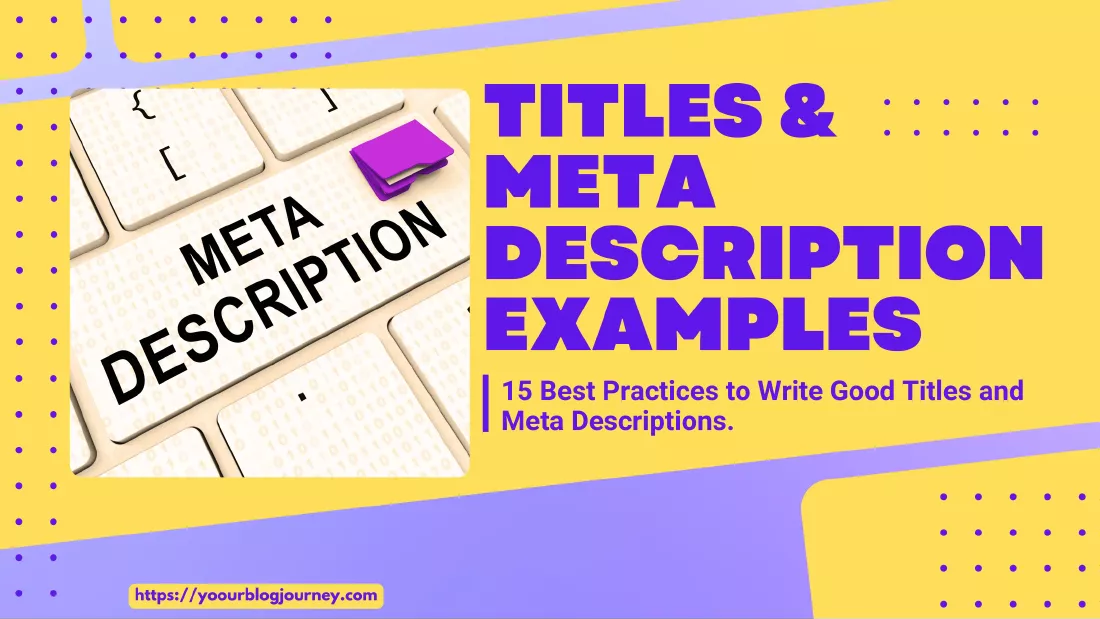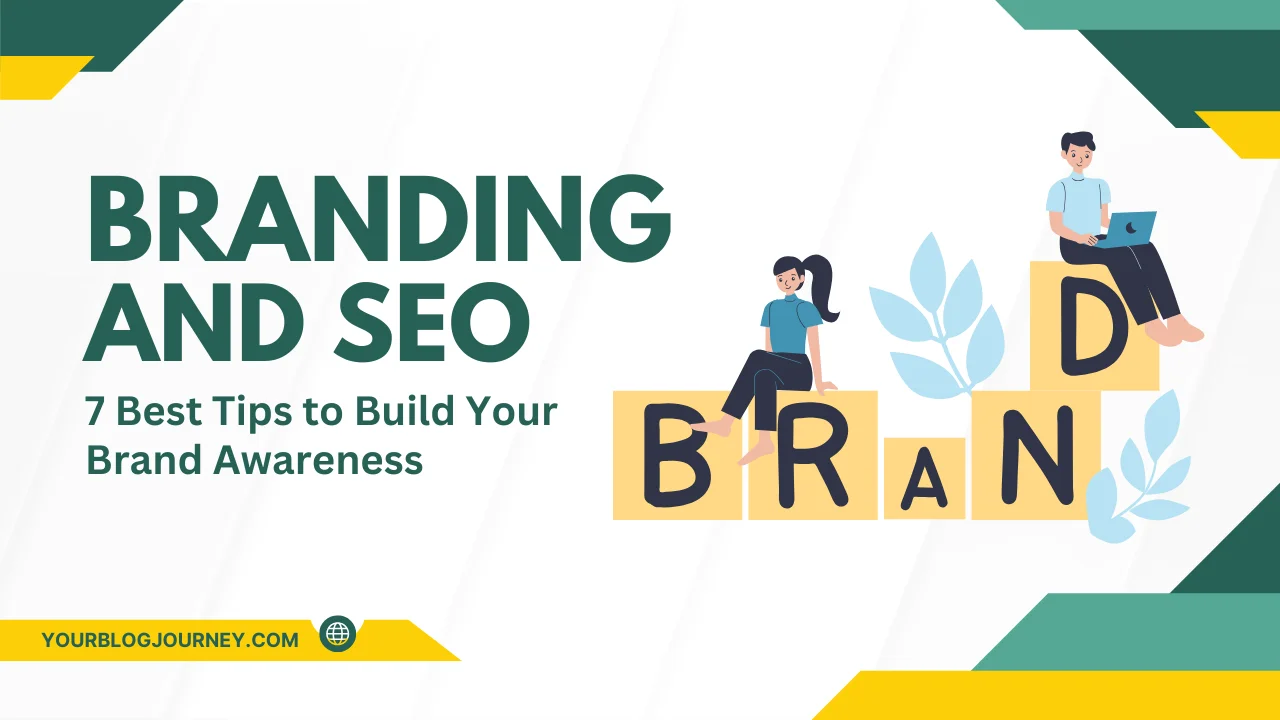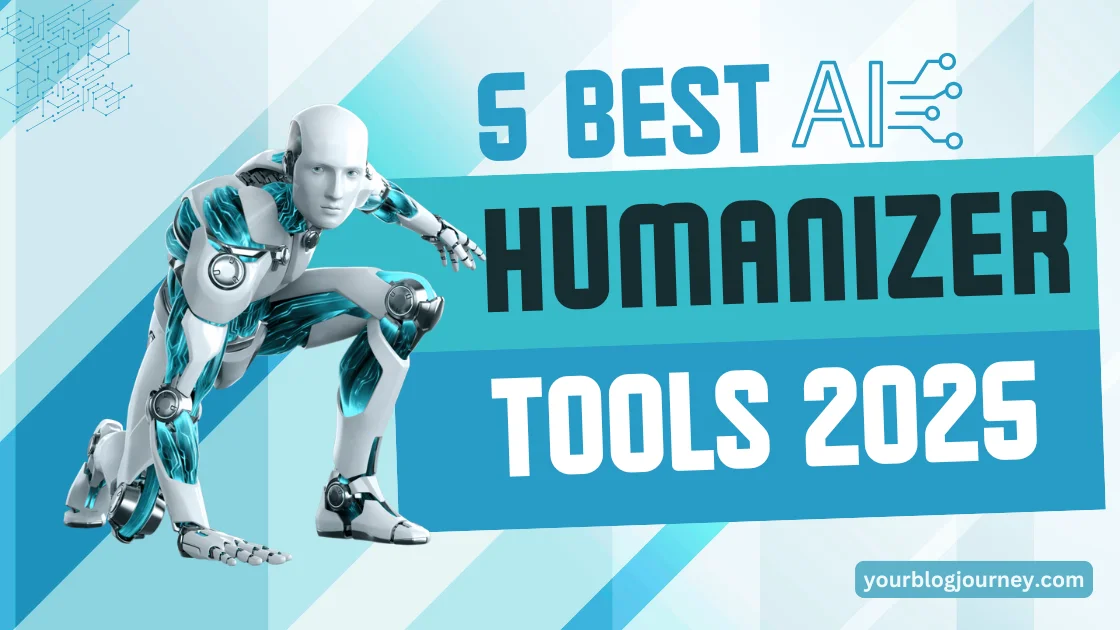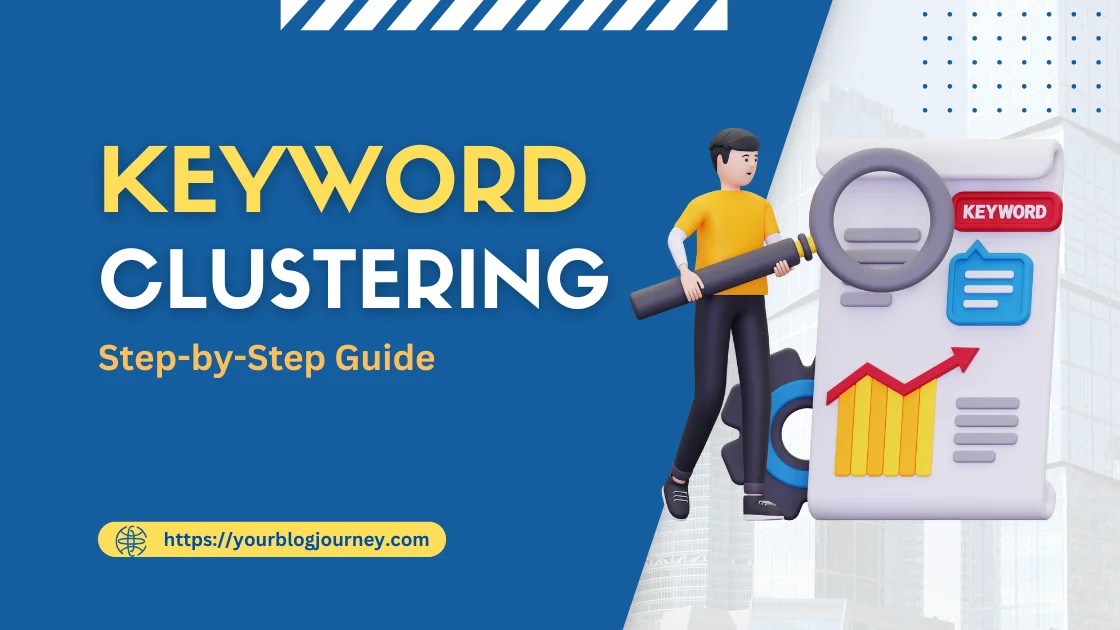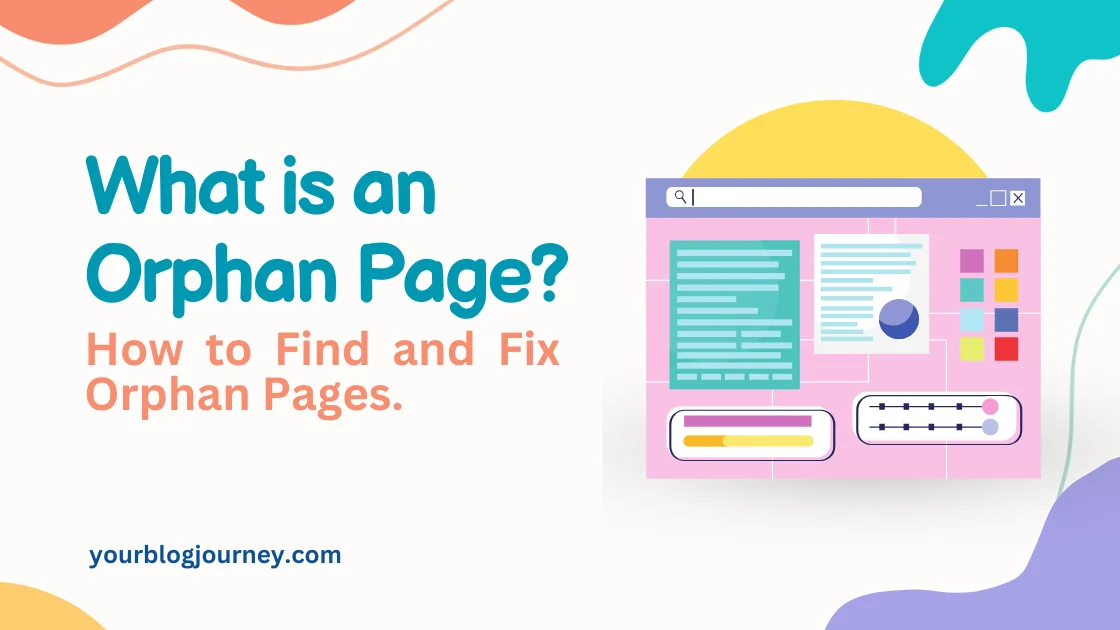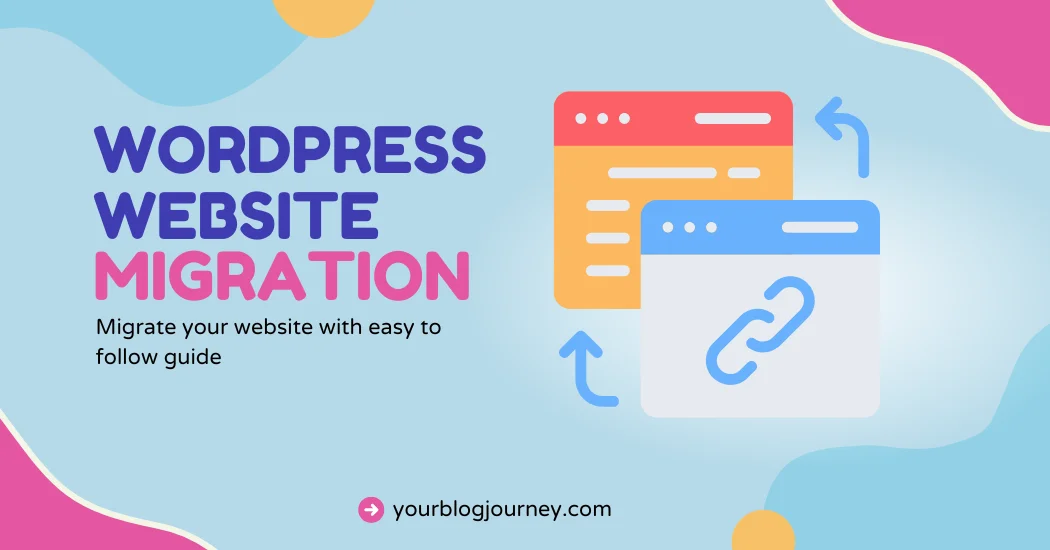Have you ever thought about why some pages catch your eye instantly in search results, while others just fade into the background? The secret often lies in powerful title tags and meta descriptions that grab attention and make users want to click. But what makes a title or meta description effective?
Let’s understand it with title and meta description examples and 15 best practices to write such compelling titles and meta descriptions to attract more visitors to your website.
What is a Title and a Meta Description
A title is the main headline that users see on a search results page. It’s clickable and appears at the top of the page’s listing. A good title tag uses keywords, matches the content on the page, and attracts users by telling them what they’ll find.
A meta description is an HTML element that summarizes the content of a web page. Think of it as a small ad for your page that should be both clear and interesting, encouraging users to click through to your page.
Titles and Meta Descriptions Are Important for SEO
Both title tags and meta descriptions are crucial for attracting users and improving CTR. Title tags are a direct ranking factor, helping search engines understand the page’s topic.
A well-written meta description shows what the page is about and gives a reason to click. If the meta description summarizes the page well, users are more likely to click. Meta descriptions can significantly improve more traffic.
15 Best Practices for Writing a Good Meta Description
Here are 15 best tips to write meta descriptions and effective titles that improve click-through rates.
1. Titles and Meta Descriptions Length
- The ideal meta description length is around 155-160 characters. The length of your meta description may vary slightly based on the type of content or page you’re optimizing, but aim for clear and direct language.
- Titles: Aim for around 50-60 characters. Longer titles might get cut off, which could impact readability and engagement.
2. Understand and Align with User Intent
The first step is to match your meta description with the user intent. Think about what they’re trying to find. For example, if your page is about beginner gardening tips, users likely want to learn easy steps. Align your description with this need. This makes users feel your page is exactly what they’re looking for, which can increase clicks.
3. Use Action-Oriented Language
Start with action words like “explore,” “discover,” or “learn” to create a compelling meta description. This creates a sense of excitement. For instance, instead of saying, “We have eco-friendly products,” say, “Discover our range of eco-friendly products for a sustainable lifestyle.” Using action-oriented words makes users feel like they’re about to find something valuable.
4. Call-to-Action (CTA) for Better Engagement
Adding phrases like “find out more,” “shop now,” or “sign up today” encourages users to take action. For example, “Sign up now to get exclusive tips on healthy living” lets the user know they’ll benefit by clicking. A clear CTA guides users and nudges them toward visiting your page.
5. Writing a Unique Description for Each Page
The meta description must be unique. Duplicate meta descriptions confuse search engines and may hurt your CTR. Unique descriptions make every page feel distinct. For example, if you have multiple pages about recipes, each page should have a unique title and description, like “Quick Breakfast Ideas” vs. “Healthy Dinner Options,” along with a strong meta description.
6. Accurately Reflect the Content on the Page
If your meta description doesn’t match what’s actually on the page, users may feel tricked and leave quickly. Always ensure the description is related to the content of the page. If your page is about affordable office furniture, focus on that. Saying something unrelated may result in disappointed visitors, which can increase bounce rates and harm SEO.
7. Trigger Emotions to Connect with Readers
Using emotional language makes your meta descriptions more memorable. Words like “transform,” “boost,” or “enjoy” can create a stronger connection. For example, “Transform your living space with our eco-friendly furniture” taps into emotions. People are more likely to click when they feel a personal benefit.
8. Highlight Unique Selling Points (USPs)
If your content has unique qualities, mention them in the meta description for each page to enhance visibility. A unique meta description that highlights your page’s special features makes it stand out. For example, “The only 100% eco-friendly product line made locally” tells users why your products are different, which can increase clicks.
9. Make Descriptions Mobile-Friendly
Many users search on mobile, so ensure your meta description is short and clear. Avoid long phrases that might get cut off. Get straight to the point. Avoid unnecessary words, as they make the description hard to read. Make sure the description fits well within the meta description length so it looks good on smaller screens, too.
10. Make Appealing Meta Descriptions
Words like “effective,” “proven,” and “top-rated” make your meta description text more appealing and powerful. For example, “Discover proven ways to boost your productivity” sounds more appealing and boosts CTR by making the benefit clear.
11. Regularly Optimize Meta Descriptions
Google Search Console can help you analyze the effectiveness of your meta description tag. Through the Google search console, you check how well your descriptions are performing. If a meta description has a low CTR, change it and see if clicks increase. Regularly tweaking descriptions helps keep them relevant and effective.
12. Different Formats for Different Pages
Not all meta descriptions should look the same. For example, a product page might describe features and benefits, while a blog post could summarize the main idea. Tailoring descriptions based on page types ensures they’re more relevant to the content.
13. Make Sure Your Meta Descriptions are Compelling
Write compelling meta descriptions. Users should feel both curious and informed after reading your meta description. A good description promises value without revealing everything. For example, “Learn the top 5 strategies for boosting productivity” invites readers to find out more, making them want to click.
14. Avoid Clickbait and Be Honest
Please keep in mind that meta descriptions should be used honestly. Clickbait titles and descriptions can lead to high bounce rates. Users will leave your page quickly if they feel misled, which can hurt your SEO.
Instead of “You Won’t Believe What Happens Next…,” try something more specific like “See How This Simple Habit Boosts Productivity.”
15. Search Terms in Meta Descriptions
Using search terms in meta descriptions helps search engines understand the page’s focus and indirectly impacts SEO. However, the search terms should be used naturally within the description, as keyword stuffing can make it look spammy and lower its appeal.
A good balance of search terms in meta descriptions makes the page more visible and engaging, driving more organic traffic and helping the page rank higher in search engine results over time.
Title And Meta Description Examples
Meta Description Examples
Learn how to write effective meta descriptions more clearly, by understanding different examples for different page types.
- Good Meta Descriptions: Specific, action-driven, and reflect page content well and help users understand what to expect from your content.
- Wrong Bad Meta Descriptions: Vague, lack detail, and do not encourage clicks.
| Page Type | Good Meta Description Example | Bad Meta Description Example |
|---|---|---|
| E-commerce Product | “Shop our eco-friendly products to upgrade your home in style.” | “Buy our products for home use.” |
| Blog Post | “Discover the top 10 SEO tips to boost your site’s rankings.” | “Learn SEO tips on our blog.” |
| Service Page | “Get expert lawn care services with affordable plans for a beautiful yard.” | “Affordable lawn care services.” |
| Home Page | “Your one-stop shop for sustainable living solutions that make a difference.” | “Welcome to our homepage.” |
| Landing Page | “Sign up today and enjoy exclusive member benefits for premium users.” | “Sign up now.” |
| Event Page | “Join us for an exciting weekend of art, music, and fun! Reserve your spot now.” | “Art and music event. Get tickets.” |
| About Us Page | “Learn more about our journey to create a positive impact on the environment.” | “Read about us.” |
| Portfolio Page | “Explore our latest design projects that showcase our unique style and skill.” | “Check out our work.” |
| FAQ Page | “Get answers to common questions about our services and offerings.” | “Frequently asked questions.” |
| Contact Page | “Reach out to us for more information or any inquiries about our offerings.” | “Contact us for more information.” |
Titles Examples
A strong title is as crucial as a meta description for getting clicks. Here’s a table comparing good and bad titles to guide you.
- Good Titles are specific, actionable, and address user intent directly, making content clear and inviting.
- Bad Titles are vague and lack details, reducing clarity and appeal.
| Good Title Example | Bad Title Example |
|---|---|
| “10 Easy Ways to Improve Your SEO Strategy” | “Ways to Improve SEO” |
| “Affordable Lawn Care Services in Your Area” | “Lawn Care Services” |
| “Top-Rated Eco-Friendly Products for Your Home” | “Eco-Friendly Products” |
| “How to Get Started with Social Media Marketing” | “Social Media Marketing Guide” |
| “Best Tips for Growing Your Small Business Online” | “Growing a Small Business” |
Why Google Rewrite Meta Descriptions?
Google may rewrite meta descriptions if they feel your description doesn’t match the page content or user intent. If this happens, update the description to be clearer. This helps ensure that your meta description summarizes the content in a way Google will display.
Ensuring Meta Descriptions Are Displayed as Intended
Sometimes, writing a meta description can be challenging, but it’s essential for SEO. Regularly check your pages to ensure Google meta descriptions display as intended.
Conclusion
Writing a perfect title and meta description isn’t hard, but it takes careful planning. These 15 tips should help you create meta descriptions that attract clicks and make your page stand out. Keep testing and improving your descriptions to make sure they stay relevant and valuable.
If you want to learn semantic SEO and strategies to boost blog ranking, then check this article What is Semantic SEO
FAQ – Meta Descriptions
Ans: A title is the clickable heading on the search engine results page, usually in blue, while a meta description is a brief text below it that provides additional details about the content.
Ans: The meta title is what appears in search results as the page title, while the title on your webpage is what users see within the content.
Ans: Yes, meta descriptions play an important role in SEO by improving CTR. A compelling SEO meta description can attract more clicks, indirectly benefiting SEO by showing search engines that users find your page valuable.
Ans: A well-crafted meta description can boost CTR by providing clear and enticing information about the page. Higher CTR means more visitors, which can positively impact your page’s visibility over time.

